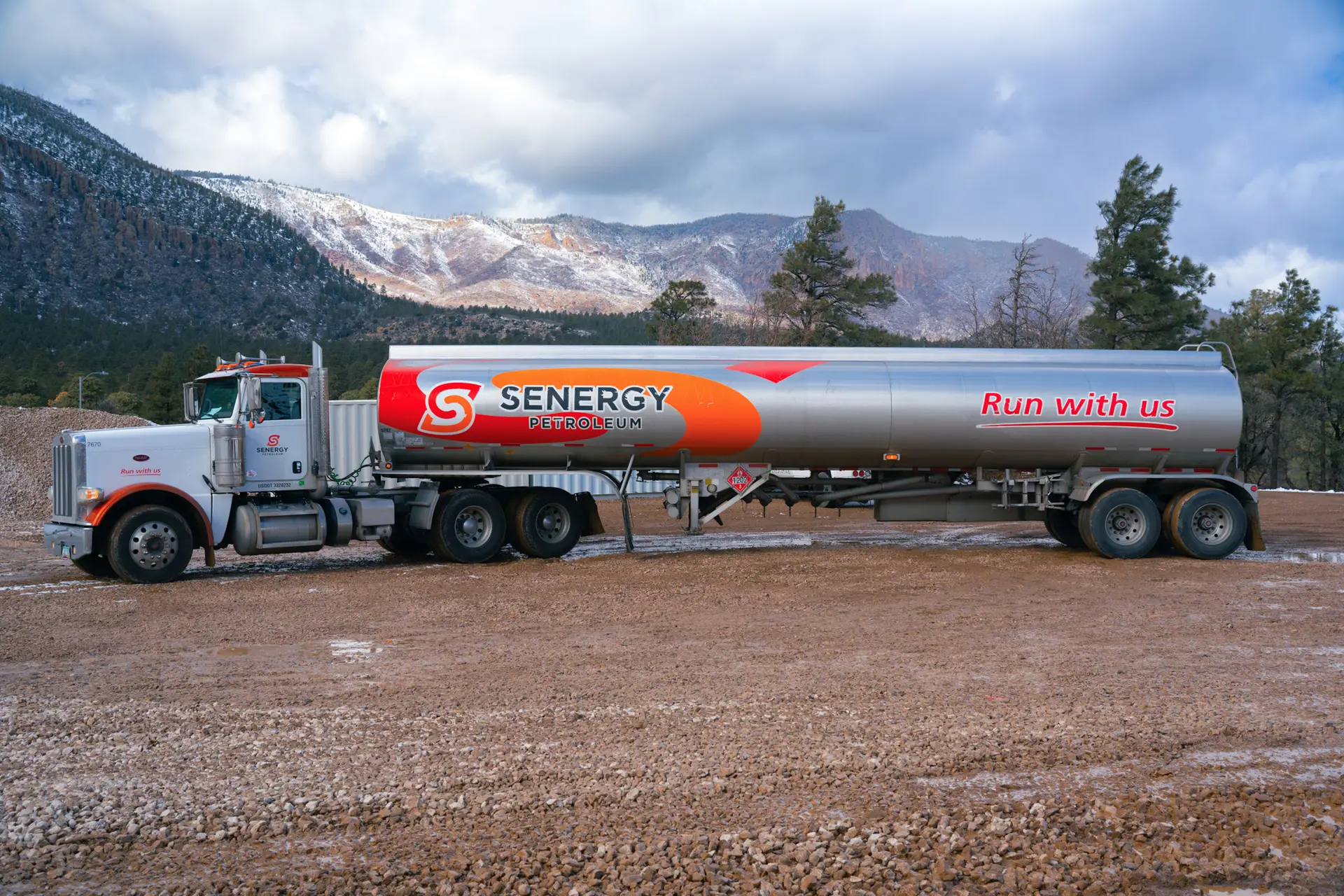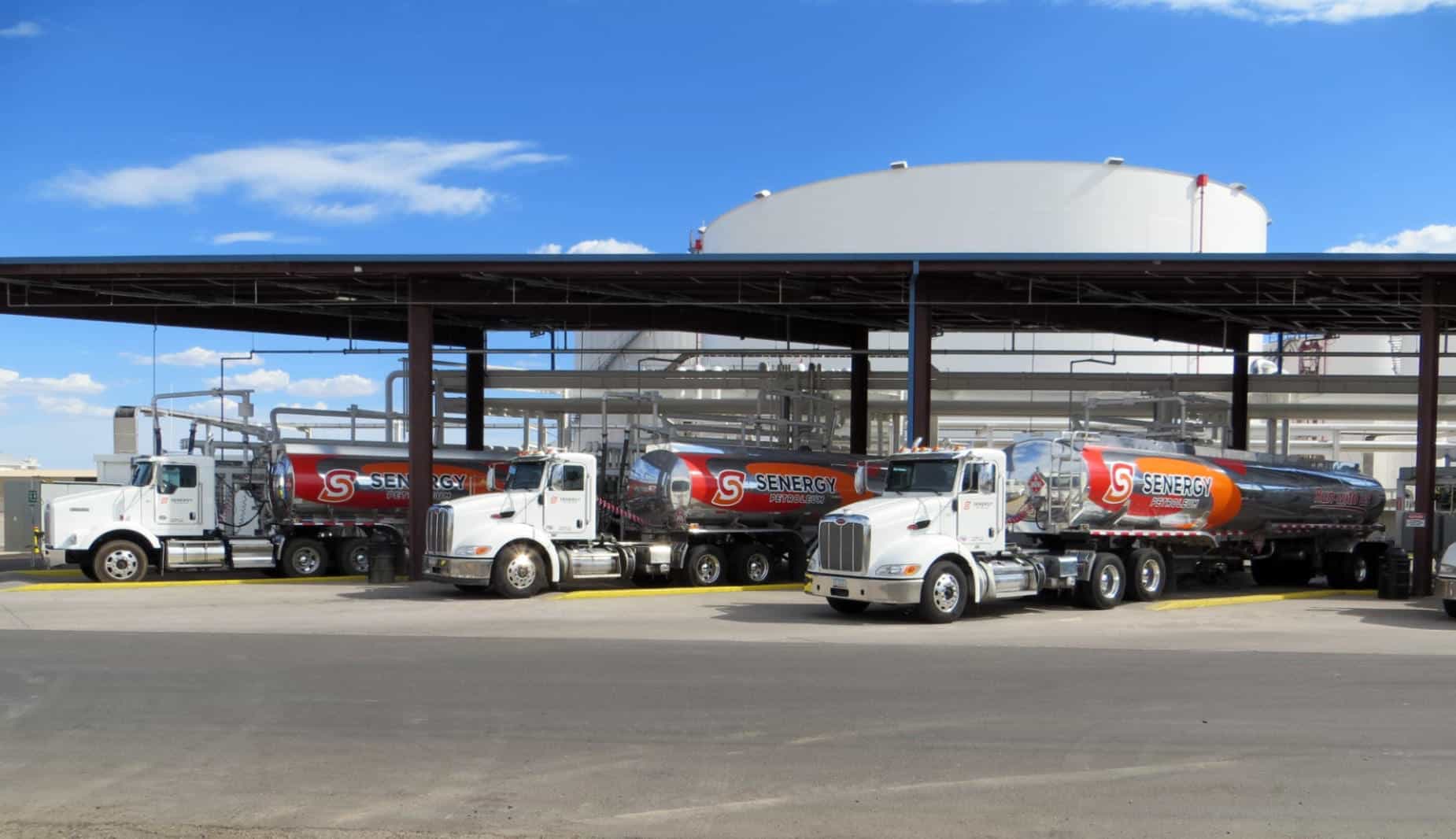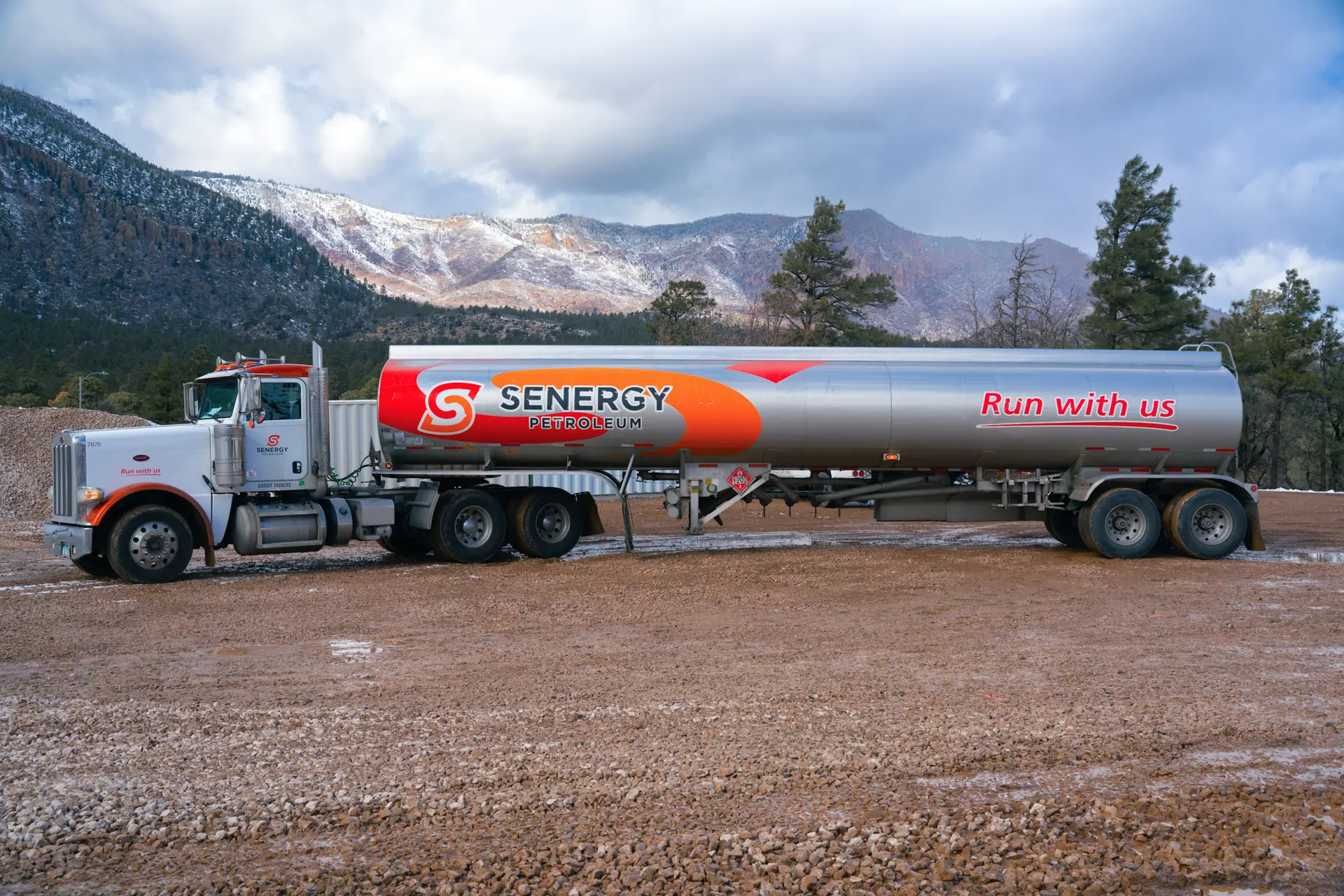When demand surges during harvest, construction booms, or peak transportation seasons, businesses cannot afford unexpected fuel interruptions. Seasonal fuel planning ensures they are prepared for these high-demand periods by forecasting needs, arranging storage, and securing reliable deliveries. For fuel station owners, agricultural operators, and government fleets, the stakes are even higher because customers and communities rely on uninterrupted service. By reviewing past consumption patterns, businesses can estimate fuel needs more accurately and adjust procurement schedules accordingly. Seasonal fuel planning helps prevent shortages and allows companies to manage costs by locking in favorable prices before demand spikes. Without a solid strategy, operations risk delays, revenue loss, and reputational damage. Early preparation enables managers to turn challenges into opportunities, ensuring smooth performance even at peak demand.



